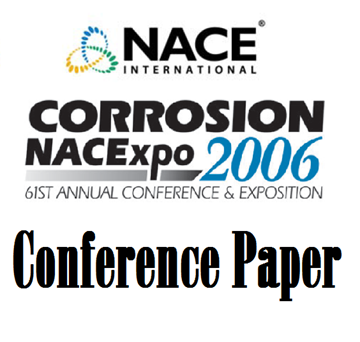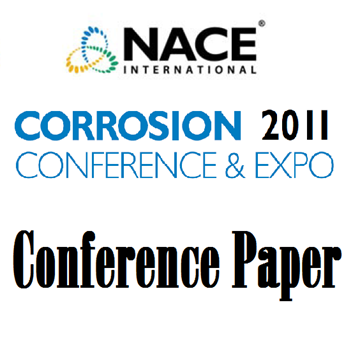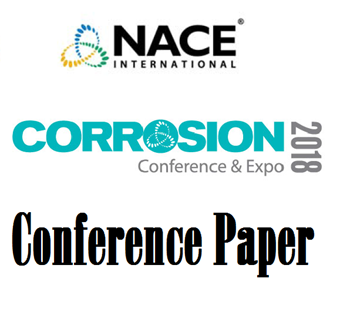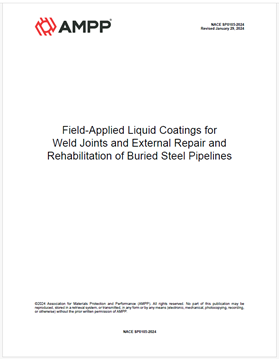Search
Products tagged with 'fusion-bonded epoxy'
View as
Sort by
Display
per page
06053 MULTI-LAYER PIPELINE COATING SYSTEMS: A NEW LOOK AT THE EVALUATION OF CERTAIN QC TESTS AND CRITICAL APPLICATION PARAMETERS FOR FBE PRIMERS
Product Number:
51300-06053-SG
ISBN:
06053 2006 CP
Publication Date:
2006
$20.00
10002 Failure Analysis of Three Layer Polypropylene Pipeline Coatings
Product Number:
51300-10002-SG
ISBN:
10002 2010 CP
Publication Date:
2010
$20.00
11031 Advances in Damage Resistant Coating Technology
Product Number:
51300-11031-SG
ISBN:
2011 11031 CP
Publication Date:
2011
$20.00
51318-10603-Looking Back and Understanding a Case History of AC Corrosion
Product Number:
51318-10603-SG
Publication Date:
2018
$20.00
NACE Emergency Guideline 2-HD1997 Protective Coatings for Carbon Steel and Austenitic Stainless Steel Surfaces Under Thermal Insulation and Cementitious Fireproofing
Product Number:
21079-HD1997
ISBN:
1-57590-037-8
Publication Date:
1997
$179.00
NACE SP0105-2024, Field-Applied Liquid Coatings for Weld Joints and External Repair and Rehabilitation of Buried Steel Pipelines
Product Number:
NACE SP0105-2024
Publication Date:
2024
$109.00
NACE TM0215-2015 “Test Method for Measurement of Gouge Resistance of Coating Systems”
Product Number:
21270-SG
Publication Date:
2015
$179.00
RP0394-2002-SG (Spanish) La Aplicación, Desempeño, y Control de Calidad de Recubrimientos de Epóxico de Fusión-Bond (FBE) Aplicado en Planta para Exteriores de Ductos (Tuberías)
Product Number:
21165-SG
ISBN:
1-57590-147-1
Publication Date:
2002
$179.00
RP0402-2002 (Spanish) Sistemas de Recubrimientos de Epóxico de Fusión-Bond (FBE) Aplicados en Campo a Juntas de Soldadura Circunferencial de Ductos (Tuberías): Aplicación, Desempeño, y Control de Calidad
Product Number:
21164-SG
ISBN:
1-57590-150-1
Publication Date:
2002
$179.00
RP0402-2002, Field-Applied Fusion-Bonded Epoxy (FBE) Pipe Coating Systems for Girth Weld Joints: Application, Performance, and Quality Control
Product Number:
21096-SG
Publication Date:
2002
$179.00
RP0490-HD1995-SG Holiday Detection of Fusion-Bonded Epoxy External Pipeline Coatings of 250 to 760 µm (10 to 30 mils)-HD1995
Product Number:
21045-HD1995
Publication Date:
1995
$179.00











